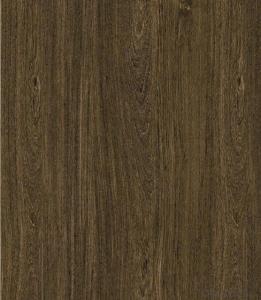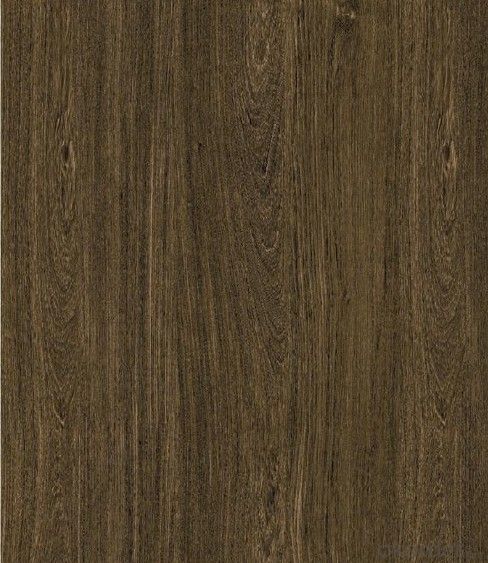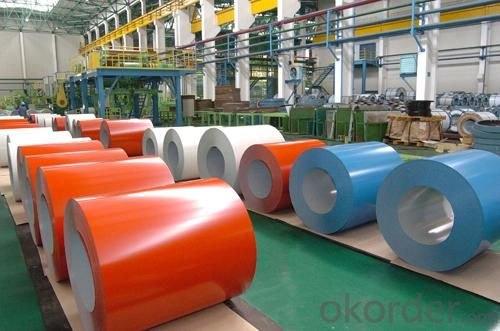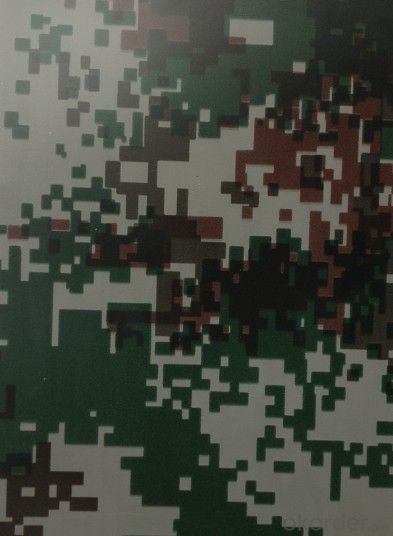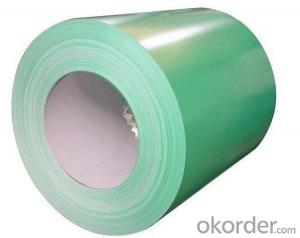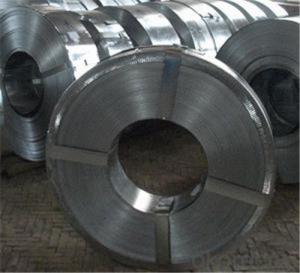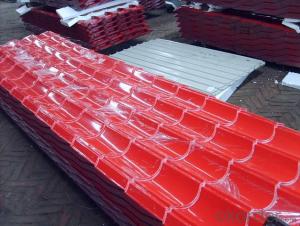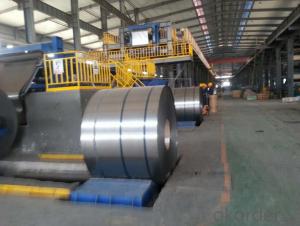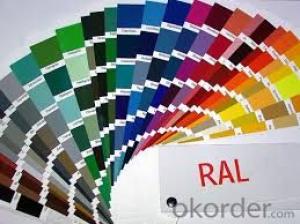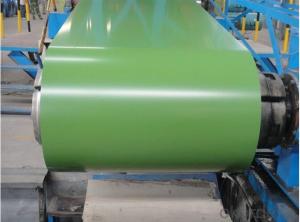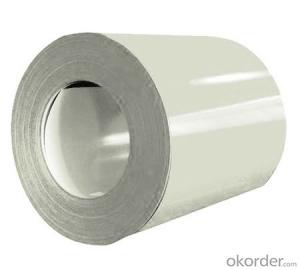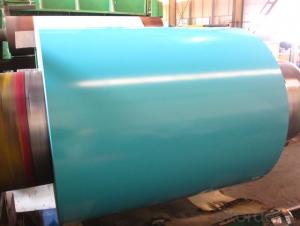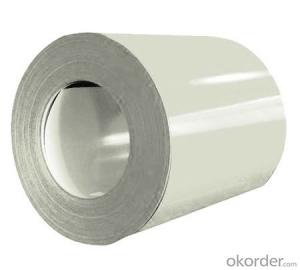Pre-painted Galvanized Steel Coil for Decoration Molding Corrosion Resisitance
- Loading Port:
- China main port
- Payment Terms:
- TT OR LC
- Min Order Qty:
- 1000 m.t.
- Supply Capability:
- 10000 m.t./month
OKorder Service Pledge
OKorder Financial Service
You Might Also Like
Structure of Pre-painted Galvanized Steel Coil Description
Evevry color by order. With GI as base metal, after pretreatment an liquid dope with seceral layers of color, then after firing and cooling, finally the plate steel is called pre-painted galvanized steel.
MC101design pre-painted galvanized steel coil with high zinc coating/camouflage design ppgi used for the army made in China
Main Features of the
. Flexible and durable
. light and easy to transport
. Fast delivery
. Item shipped from Dubai warehouse
Images
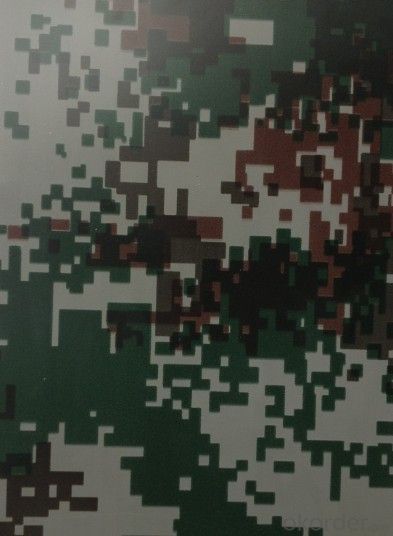
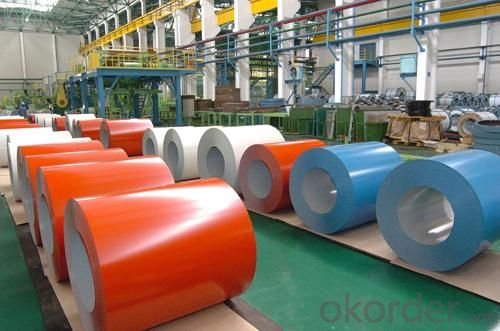
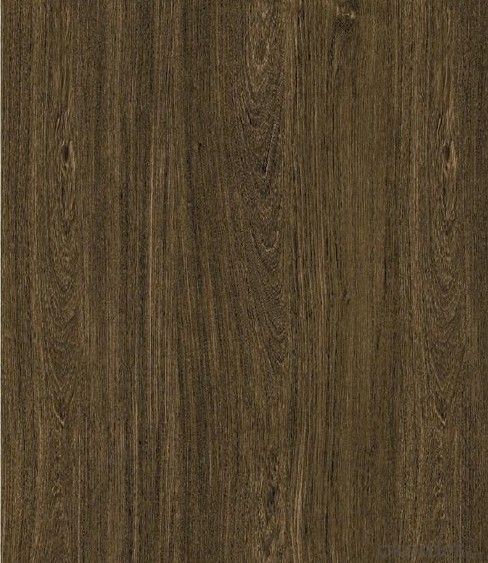
Specification
prepainted galvanized steel sheet in coil
Thickness: 0.12-0.8mm
Width: 700-1250mm
Length: On Request
BASE MATERIAL (1)HDGI (2)ALUZINC (3)CR (4)ALUMINUM
GRADE SGCC, DX51D, ASTM A653, EN10142, S350GD,etc.
THICKNESS 0.18mm-0.80mm
WIDTH ≤1250mm
ZINC COATING 60-200g/m2
PATTERN Wood,Marble,Hairline,Brick,and Camouflage series,etc.
PAINT PE,PVDF,SMP,HDP
COIL ID 508mm
COIL WEIGHT ≤6t
FAQ of
. Flexible and durable
. light and easy to transport
. Fast delivery
Packagingwood film laminated steel VCM PPGI manufacturer price standard export packing ,4 eye bands and 4 circumferential bands in steel,galvanized metal and waterproof paper around circumference and bore protection
Delivery Detail Within 20 Days From Receiving Original 30% TT
- Q: How are steel coils affected by global trade policies?
- Steel coils can be significantly affected by global trade policies. Trade policies, such as tariffs and quotas, can impact the import and export of steel coils, influencing their availability and pricing in different markets. Changes in trade policies can lead to shifts in supply and demand, affecting the volume and cost of steel coil imports and exports. Additionally, trade policies aimed at protecting domestic industries may create barriers for steel coil imports, potentially affecting the competitiveness of steel coil manufacturers and suppliers.
- Q: what pokemon are week to steel type pokemon like lucario? help please, and thank you.
- I believe Ground-type, Ice-type, Rock-type, Dark-type, Normal-type, Psychic-type, and Ghost-type Pokemon are weak to a Lucario. Steel is super effective against Rock and Ice-type Pokemon. Fighting is super effective against Rock, Ice, Normal, and Dark-type Pokemon. The reason why I added Psychic-type and Ghost-type Pokemon to the list of Pokemon that are weak to a Lucario is because Lucaro has the ability to learn Dark Pulse at high levels, so if he knows this move, then he should be able to deal super effective blows to Ghost and Psychic-type Pokemon. Of course, these are only if the Pokemon that you are facing is a single-type Pokemon. The Pokemon that you face will determine if a move is weak against it or not. Study up on the Pokemon you are facing and what types they are so that you can determine if your Lucario will be super effective against it or not. Have your Lucario stay away from Fighting-type and Fire-type Pokemon as they are both super effective against Steel-type Pokemon. Hope this helps :)
- Q: You have two steel wool pads,one is cut up into little pieces, and the other is whole, and they are both submerged in water. 1.Which steel wool pad will rust quicker?2.How much faster will that pad rust? (estimate+explain the estimate)6.How could you make the steel wool pad rust faster?Please dont tell me to do my homework because I tried, but I bought the wrong type of steel wool
- How to make it rust faster ? Adding oxygen to the water - bubbling air through it. Raising the temperature should make the reaction go faster, but I believe it also reduces the amount of dissolved gas. Adding salt, or an ionic compound like an acid, will accelerate electrochemical corrosion. That usually requires a less active metal, like copper, in contact with the steel, but variations in the composition of the steel may be sufficient to promote corrosion.
- Q: What are the dimensions and weight range of steel coils?
- Steel coils can come in various dimensions and weight ranges depending on the intended use and industry requirements. The dimensions of steel coils typically range from 0.15mm to 3.5mm in thickness, and from 600mm to 2,000mm in width. The weight range of steel coils can vary widely, but commonly falls between 5 and 25 metric tons. The specific dimensions and weight range of steel coils are determined by factors such as the type of steel, the production method, and the desired application.
- Q: What are the common packaging defects in steel coils?
- Steel coils can have various packaging defects. These include edge damage, rust or corrosion, coil slippage, coil damage during handling, inadequate protection against impacts, improper coil strapping or banding, and insufficient labeling or identification. When the edges of the steel coil are not properly protected or wrapped, it can lead to dents, scratches, or deformities. This compromises the coil's integrity and can result in reduced performance or structural issues. If steel coils are not adequately protected during packaging, they can be prone to rust or corrosion. Moisture or harsh environmental conditions can cause oxidation, resulting in rust spots or widespread corrosion. This weakens the steel and makes it less suitable for its intended use. Improper packaging can cause the coils to shift or slip within the packaging material during handling or transportation. This can lead to misalignment, deformation, or interlocking, making it difficult to separate or use the coils effectively. Rough handling, improper lifting techniques, or inadequate support can cause mechanical damage to the steel coils. This can result in dents, scratches, or more severe structural damage, impacting their functionality or performance. Steel coils need sufficient protection against impacts during transportation or storage. Insufficient padding or cushioning can lead to deformities, dents, or fractures in the coil due to impacts or collisions. If the strapping or banding used to secure the steel coils is not properly applied or tightened, it can cause coil slippage or even complete unraveling of the packaging. This creates a tangled mess of steel coils, making them difficult to handle, transport, or use. Proper labeling and identification are crucial for efficient handling, storage, and tracking of steel coils. Inadequate or incorrect labeling can cause confusion, delays, or even loss of the coils during transportation or storage. To prevent these packaging defects, it is important to follow proper guidelines, use appropriate materials, provide adequate protection, and ensure proper labeling and identification of steel coils. Regular inspections and quality checks throughout the packaging process can help identify and rectify any defects before shipping or use.
- Q: How does the steel coil market vary regionally?
- The steel coil market varies regionally based on factors such as demand, production capacity, and market dynamics. Different regions have different levels of industrial development and infrastructure, which can affect the demand for steel coils. Additionally, variations in raw material availability, labor costs, and government policies also contribute to regional differences in the steel coil market. For example, developing regions may have higher demand for steel coils due to infrastructure projects, while mature markets may focus on specialized steel coil products for specific industries. Overall, regional variations in the steel coil market reflect the unique economic and industrial characteristics of each region.
- Q: Can steel coils be coated with ceramic?
- Yes, steel coils can be coated with ceramic. Ceramic coatings provide a protective layer that enhances the corrosion resistance, heat resistance, and durability of the steel coils. Additionally, ceramic coatings can also offer improved electrical insulation and thermal barrier properties.
- Q: How do steel coil manufacturers handle international shipping requirements?
- Steel coil manufacturers typically handle international shipping requirements by following a well-defined process. First, they ensure proper packaging and securing of the coils to prevent damage during transportation. This may involve using specialized equipment, such as coil racks or crates. Next, they comply with international shipping regulations and obtain necessary documentation, such as bills of lading and customs clearance forms. They coordinate with freight forwarders or shipping agents to arrange transportation and select the most suitable shipping method, whether it's by sea, air, or land. Throughout the process, manufacturers closely track shipments and communicate with customers to ensure smooth delivery and address any issues that may arise.
- Q: I'm going to see Man Of Steel this weekend, and the reviews that I've been hearing aren't that good. I've been hearing that it's this depressing, dark, dramatic film with no humor, loud noises, and action on top of action (which is kind of what I expected from this movie). With that said, I was quite positive that this was what the fans wanted, a more serious Super Man interpretation. I'm ultimately going to judge the movie when I see it, but for now, I have 3 short questions for you:1) What did you think of Man Of Steel?2) Superman Returns got somewhat better reviews than Man Of Steel. Does it seem logical?3) There is a huge fan battle between Man Of Steel and Christopher Reeve's version of Super Man. Which one do you favor?
- I actual have considered the two whilst it first got here out. Superman (1978) is extra infantile. guy of steel is extra intense and cater to adults. guy of steel is plenty extra centred on the conflict between him and his Krypton enemies. there are in easy terms some scenes the place he saved human beings yet they don't seem to be the main important concentration of the action picture.
- Q: If rebar steel is welded together as opposed to 'tied' does it decrease the strength of the steel?
- Gary is right on! To add to it some rebar is heat treated if you weld it it loses the heat treating if you don't re heat treat it it will fail at the welded joint.
Send your message to us
Pre-painted Galvanized Steel Coil for Decoration Molding Corrosion Resisitance
- Loading Port:
- China main port
- Payment Terms:
- TT OR LC
- Min Order Qty:
- 1000 m.t.
- Supply Capability:
- 10000 m.t./month
OKorder Service Pledge
OKorder Financial Service
Similar products
Hot products
Hot Searches
Related keywords
